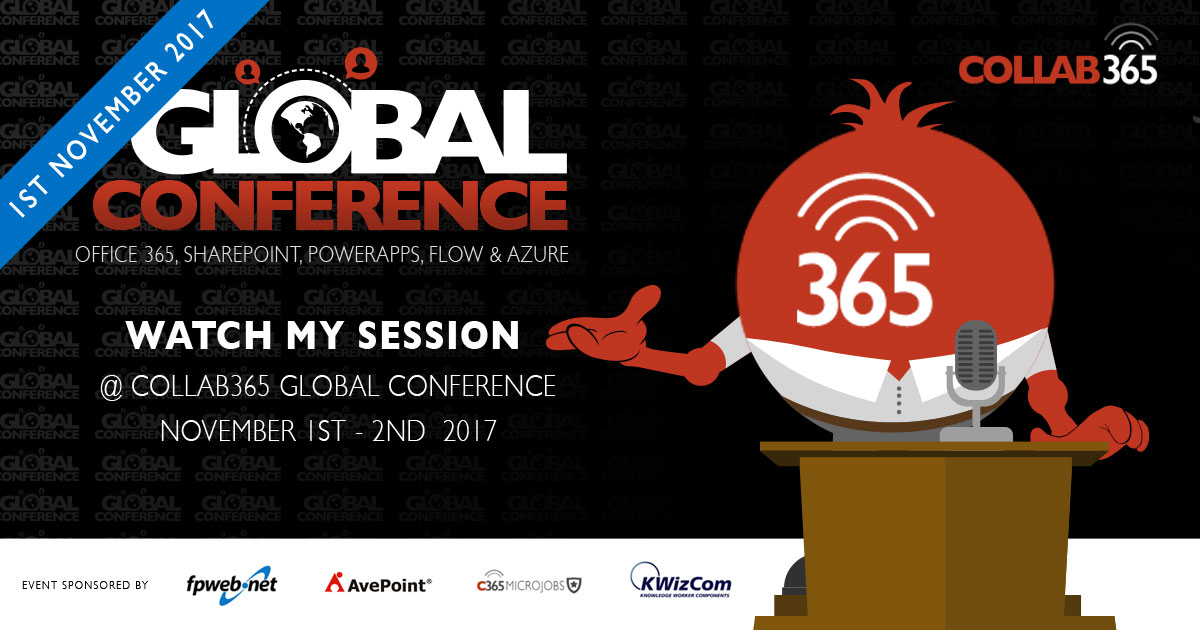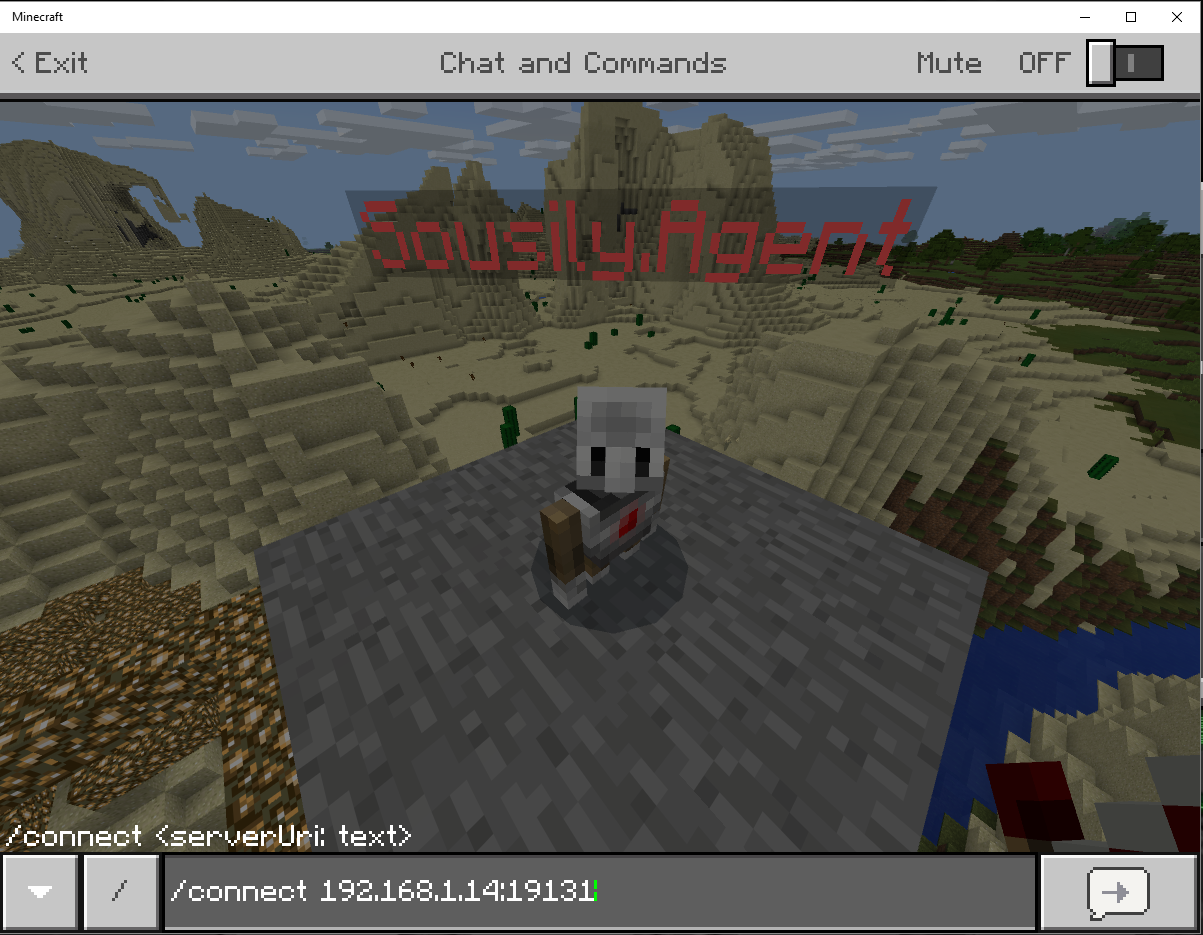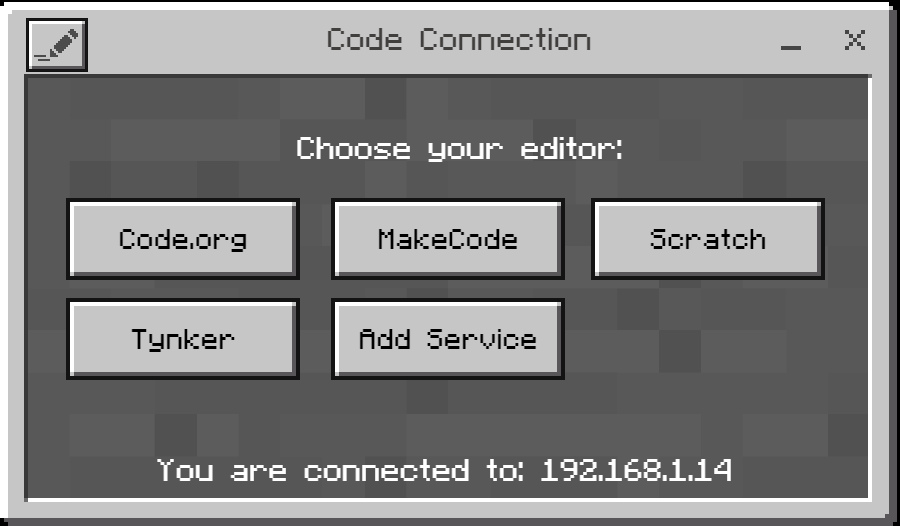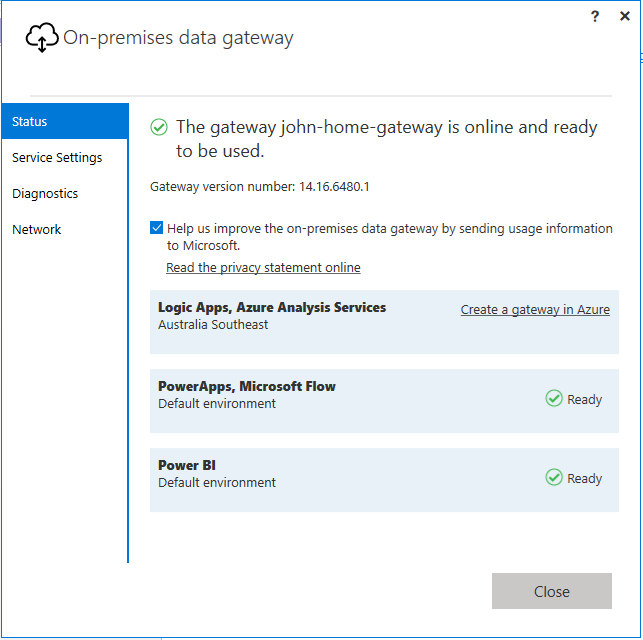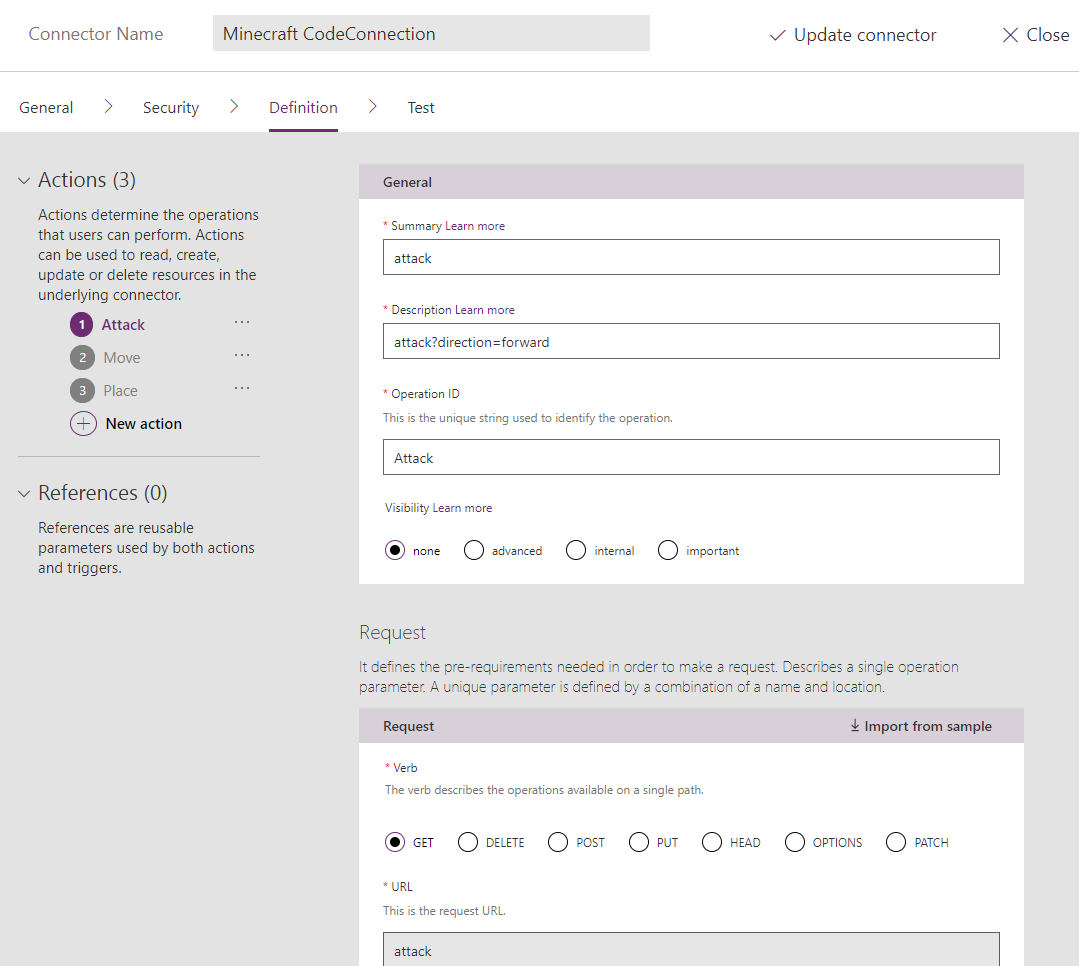I only know this: Everything we know got simplified
So here we are. At the end of the first blog post on Groups Management - we need to understand the trend:
First, we have API
Then we have PowerShell, we have AzureFunctions for code or HTTP Request in Flow
Eventually we have a Flow Connector
We must see this pattern. Everything we want to build is in one of these stages.
When we understand these pieces - there's nothing we can't build, for practically free. The question isn't "No, this is too hard" or even "This should be free or out of box".
The question we should all be asking is "Where do I find a piece that fits here, right now" because I have a crazy customization need.
In 2017, everything got abstracted and simplified. This trend will continue into the future - there will be more Flow Connectors. Azure Functions will get more upgrades - durable functions are absolutely amazing. MS Graph will get more API endpoints. Life will be even more amazing.
Future of this series
I am not alone in what we are building for our customers - many consultants, partners and ISVs have already moved on to more complex issues:
- Creation - Complex approval chains for Groups creation
- Creation - Which products to enable on Groups creation
- Creation - Post-Groups creation SharePoint site templating
- Maintain - Scheduled Groups compliance audit reporting
- Maintain - Owner leaving organization scenario
- Maintain - Members changed roles scenario
- Closure - Expiration policies
- Closure - Group archiving and closure
There are a lot of solutions to solve. I want to cover more of Office 365 Groups life cycle management, with Flow and Functions, all on top of what MS Graph gives us already.
If you are interested in this topic or have shared some of the ideas you are working on - please share them with me and I would be happy to link to your work.


